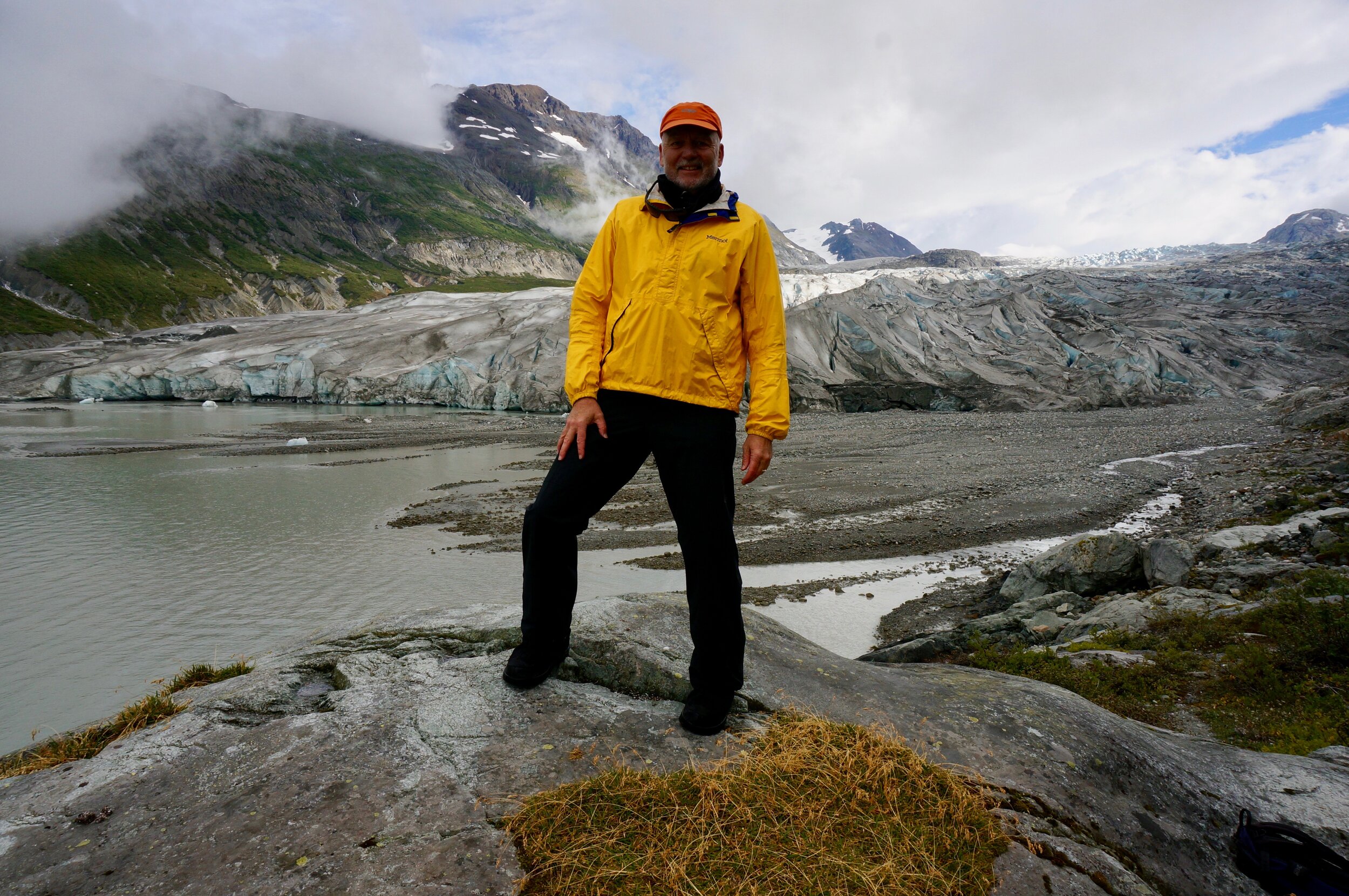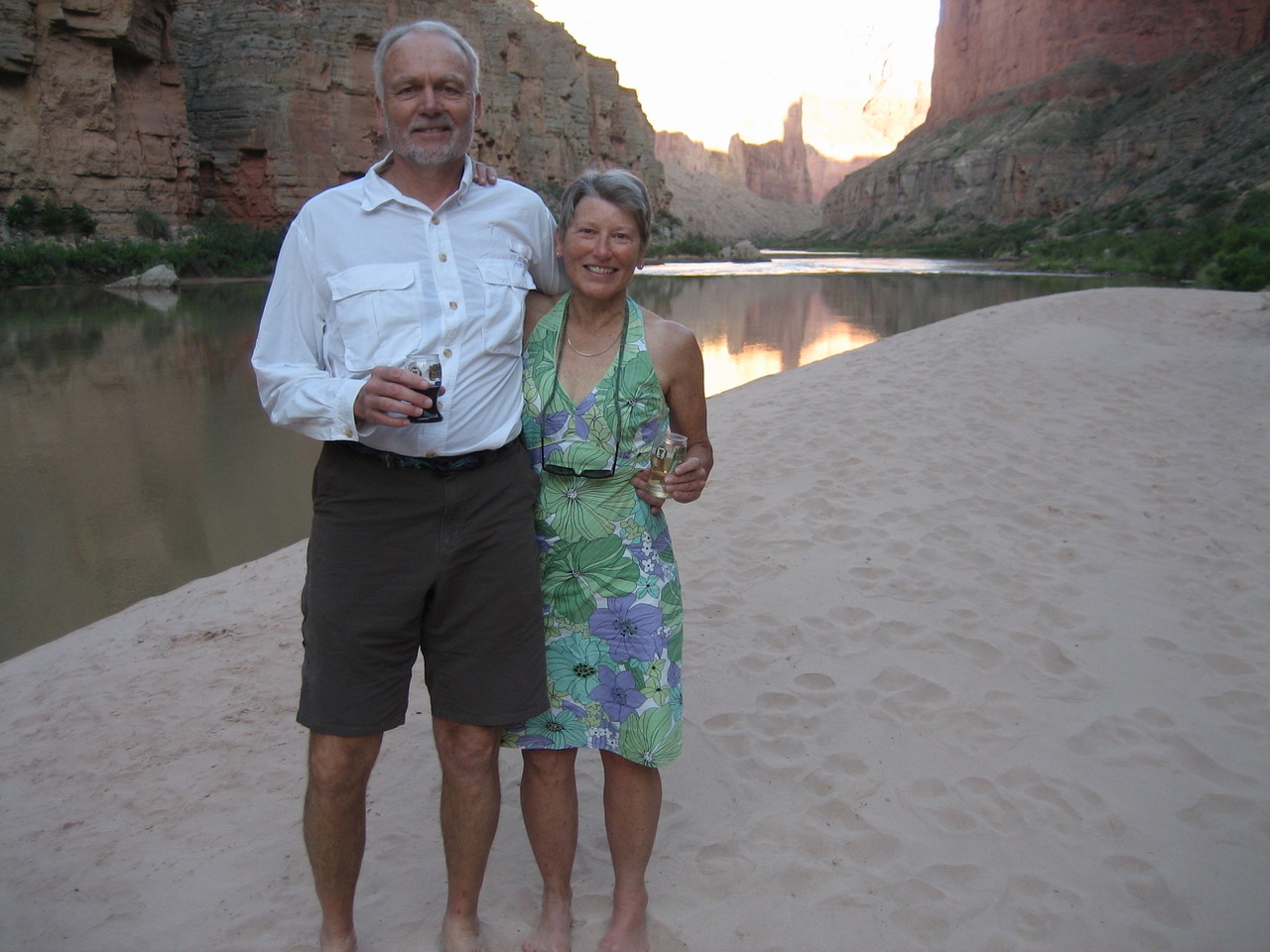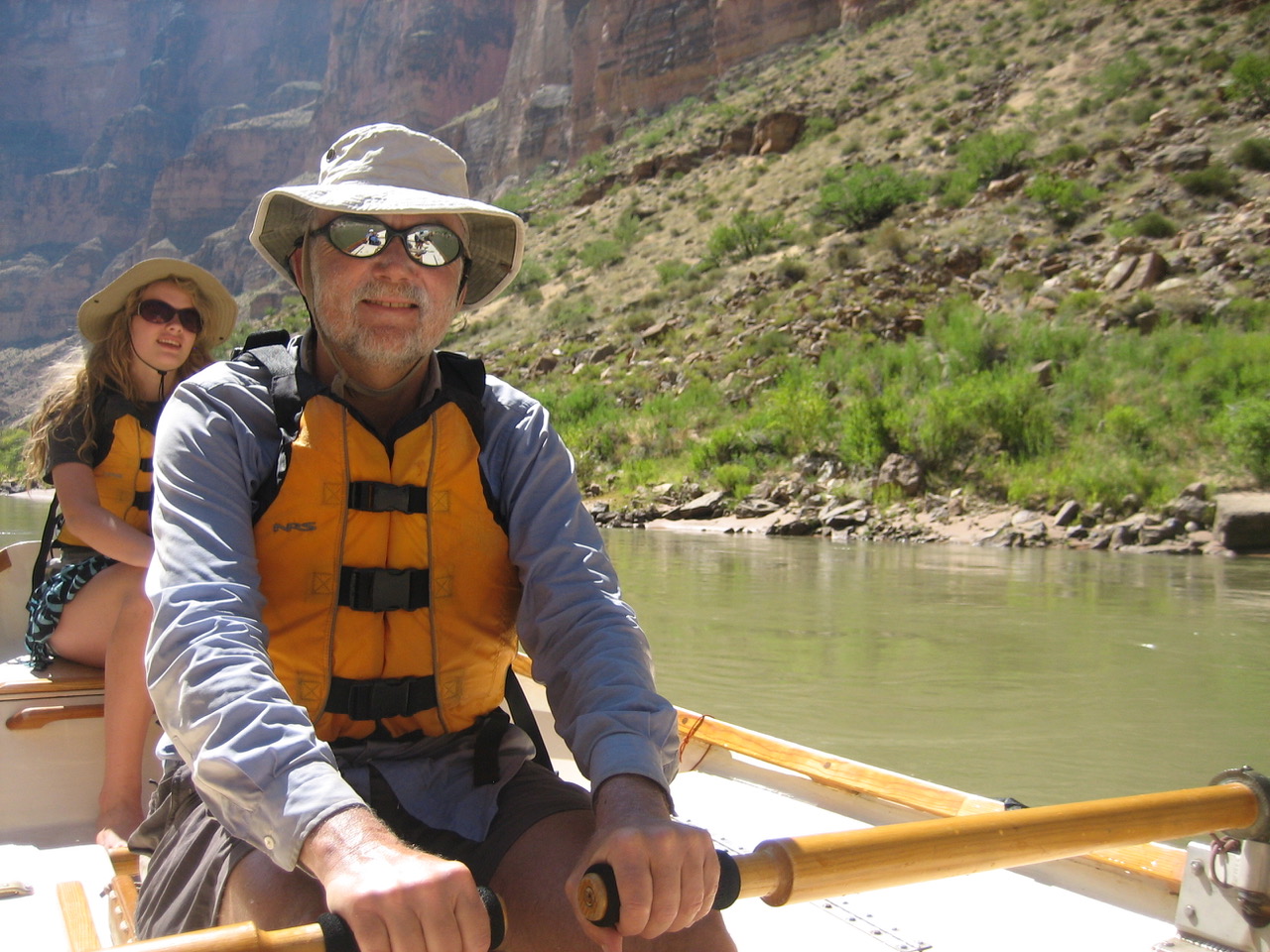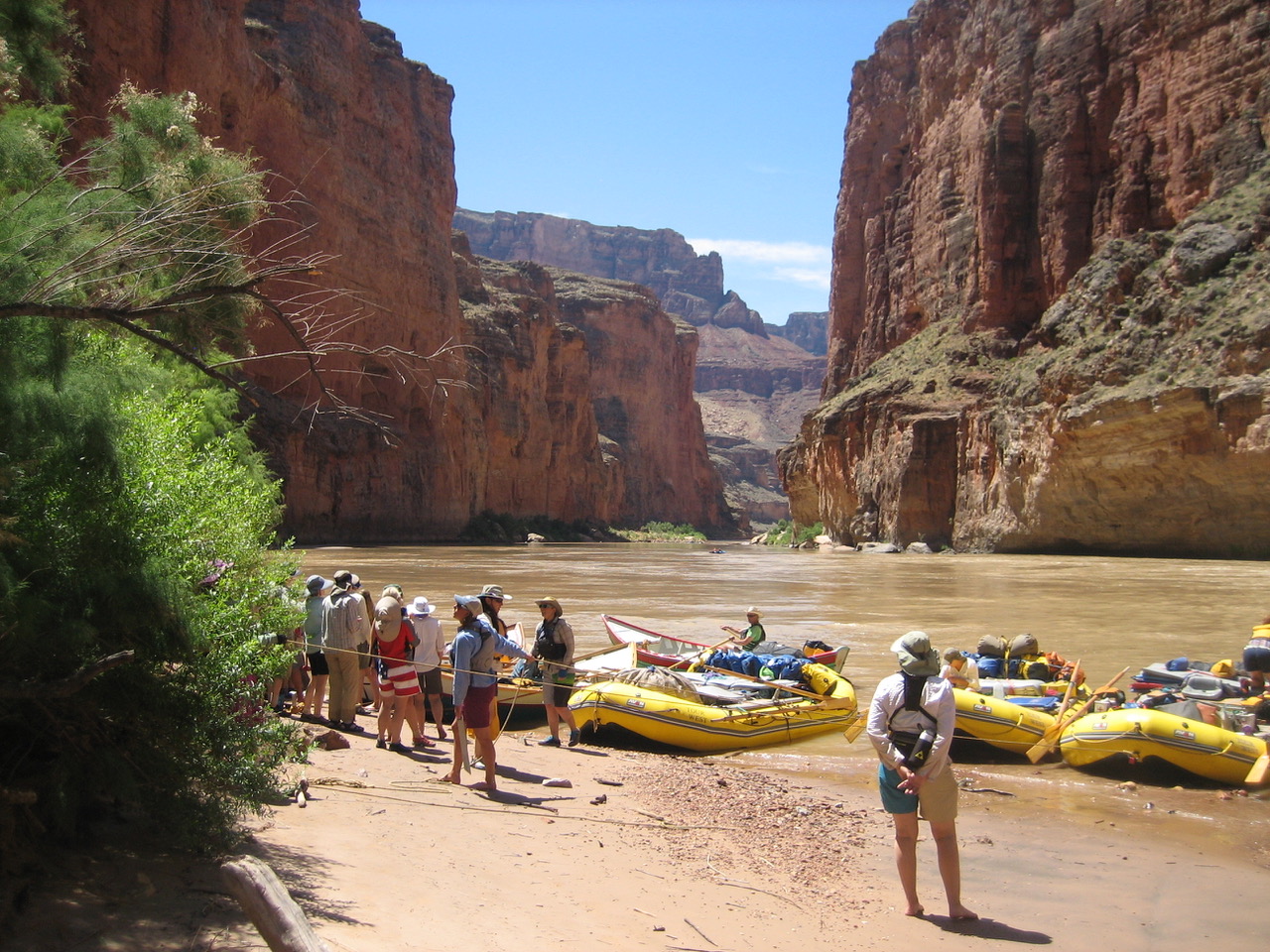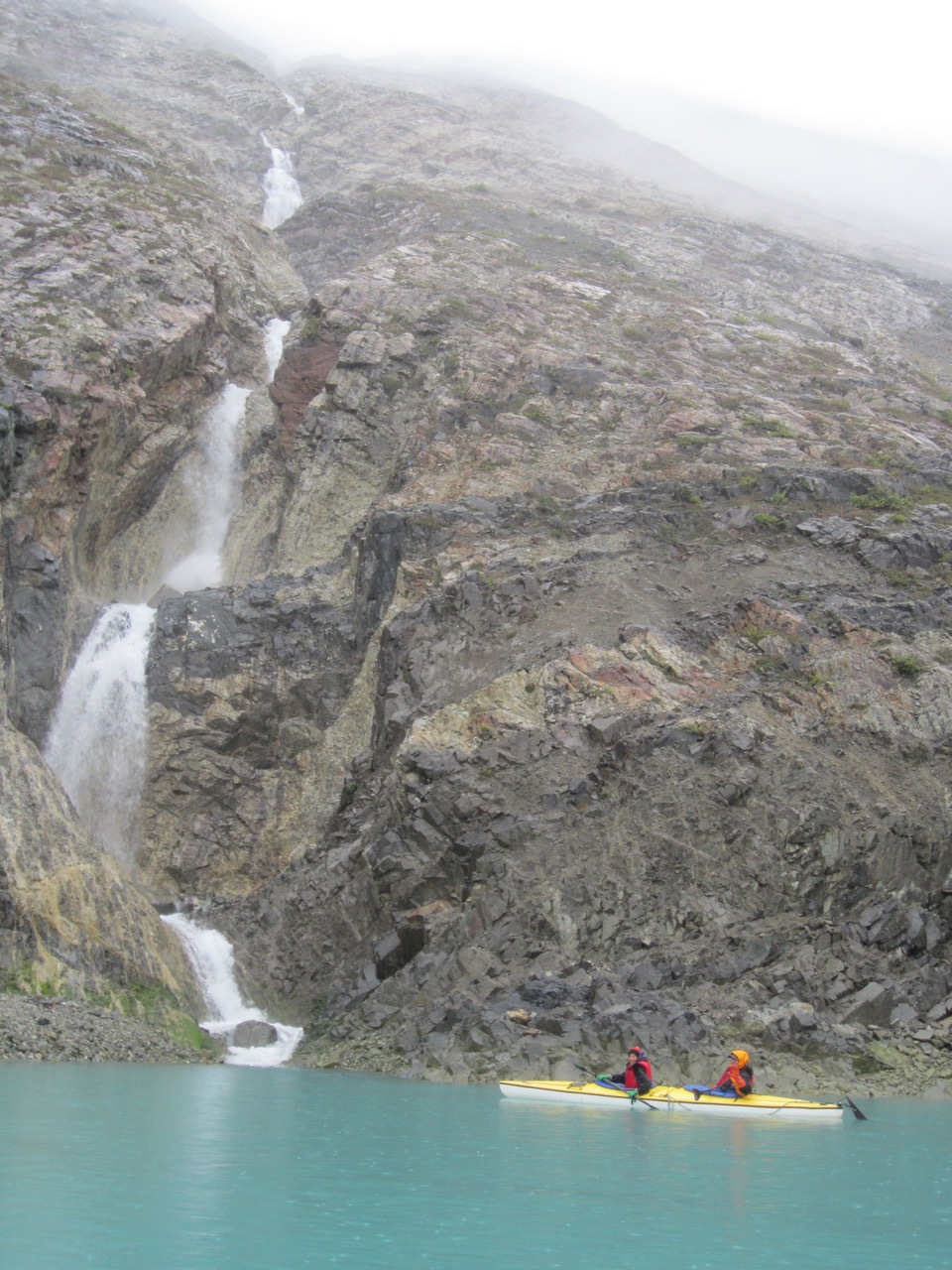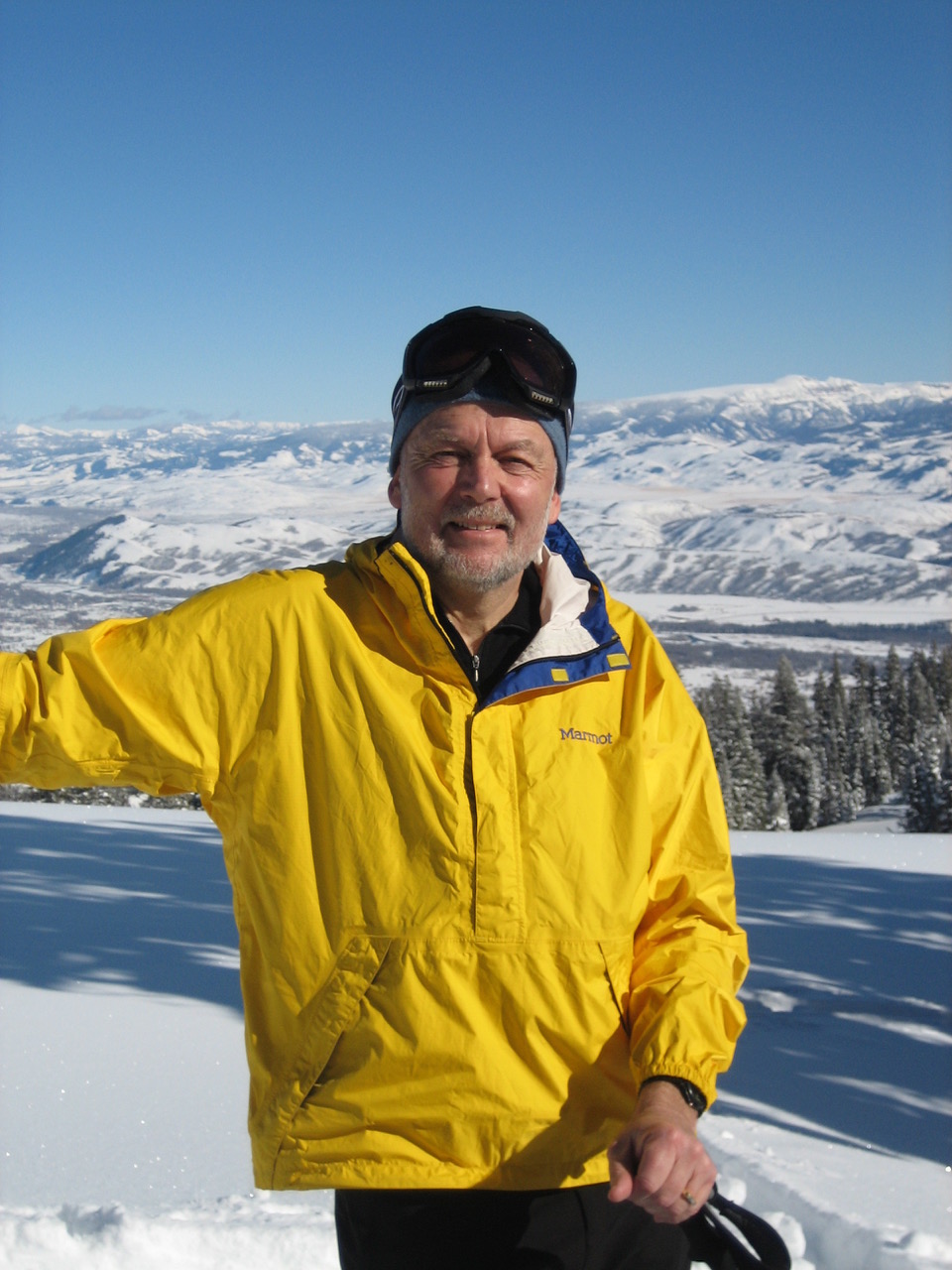As the Fourth of July approaches, we are experiencing a collective shock to our lives and it is being felt globally. We thought out greatest threat was climate change. We have now added a more immediate but shorter-term threat of COVID-19 and the vexing, long ignored injustice of racism.
I had intended to be commenting on zero energy schools and closely related topics beginning last fall. I’m finally resuming postings on this blog. Here’s what going on.
My time in the fall of 2019 was mostly focused on estimating the economics of zero energy schools in Wisconsin. The focus was a feasibility study of converting one or two public schools in Darlington, Wisconsin to zero energy. These schools had already installed 156 kW-dc solar using third party financing as noted in chapter 7 of the book. The Darlington schools have made remarkable progress in reducing their energy usage and costs with a combination of efficiency, renewables, and careful facilities management under the leadership of Lee Black, Head of Maintenance at the Darlington Community School District.
They are now asking if they can achieve zero energy at one or both schools on a cash flow positive basis. Our team of Henry Hundt, Niels Wolter, and I applied for DOE funding, and with that support undertook the study with Lee Black and District Administrator Cale Jackson. The central financial modeling tool that we used was NREL’s SAM (System Advisor Model). We much appreciate the work that’s been done to develop SAM as well as NREL’s responsiveness as questions emerged during our study. Given net metering limitations in Wisconsin, the identified solar systems for Darlington schools include battery storage. SAM has the capability to include battery storage as well as third party ownership.
The central result of our DOE co-funded study was that on-site solar PV and batteries are estimated to provide a small NPV for one school with a direct purchase by the school district. Incentives rules at the time of the study precluded third party ownership. Due to the limitations of the small distribution grid serving the two schools and the cost of retrofitting the HVAC systems to heat pump systems, it would be more financially advantageous to leave the existing natural gas heating in the schools and provide solar PV and batteries for zero energy for the electric supply only.
The situation would be quite different in the case of a new school with a geothermal HVAC system on a larger distribution grid. The Darlington Study including observations for other locations can be found in Publications.
Decisions on additional solar PV and battery storage have now been put on hold by COVID-19. The dilemma facing school districts and private schools is that the Wisconsin State Budget is in turmoil due to the drop in revenues. This in term has put public school district financial planning on hold as state aids for the 2020-21 budget need to be announced. Projects that had been previously contracted and bonding established are continuing to proceed, including what’s anticipated as a new zero energy elementary school in Fitchburg, Wisconsin (Oregon School District). I hope to have an update on this blog in the coming weeks on that project.
